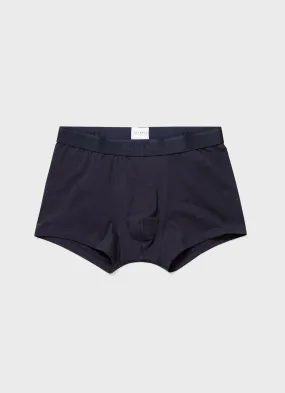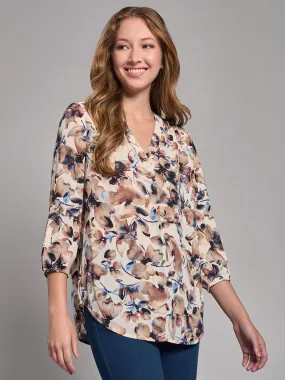Original item: Only One Available. Here we have a lovely grouping attributed to U.S. Civil War soldier James F. Gordon, who was a member of Company M, 1st New Hampshire Cavalry during the war. The items included in this set include a photograph from decades after the war, his 1865 dated discharge papers, Pension papers, what look to be some tax documents, and even a worn fringed ribbon from a regimental reunion long after the war!
From what we can tell from the documents, James F Gordon was born in Warren County in the State of New York during about 1840, and he was discharged from service on July 15, 1865, when he was 25 years of age. There is unfortunately no information regarding when he enlisted, but the 1st New Hampshire Cavalry did take some time to reach full strength for deployment, as companies were often split off to join other Regiments. The regiment was active January 7, 1864, to July 1865, towards the end of the war, and took part in the following major battles:
- Battle of Opequon
- Battle of Fisher's Hill
- Battle of Cedar Creek
- Battle of Waynesboro, Virginia
Per some information received with the grouping, they state that Gordon was captured and became a POW on August 29, 1864, however it looks to list the location as "Penn's Station" or "Nottoway", neither of which were near where the 1st NH Cav. was deployed at the time in Northern Virginia. We checked the documents included, and were not able to find any mention of him being taken prisoner either, though that does not rule out the possibility.
A really fantastic named Civil War Set, more than ready for further research and display.
More in the Included Saber:
This Heavy Cavalry Saber, known as "Old Wristbreaker" among troops, was designated the U.S. Model of 1840, but was widely used in the War between the States on both sides.
This fine example bears absolutely no markings whatsoever, which most likely indicates that it was an import during the U.S. Civil War, and the lack of markings obscures the origin. Both North and South imported Swords and guns from Europe and European Manufacturers, mostly in Germany, and they did not want the eventual "winning side" to be able to blame them for "supplying the enemy". This is a typical example that could have been used by the Confederacy or the Union, though in this case we know it was used ty the Union. For some reason the imports are almost always the earlier 1840 pattern, and often have non-regulation features like iron handguards.
This sword conforms closely to the M-1840 U.S. Heavy Cavalry pattern, and is approximately 41 inches in overall length. It has a very nice brass wire bound leather grip which is in solid condition, with the binding and leather fully intact, showing wear from age. The hilt bears a lightly patinated non-regulation iron / steel three branch handguard fitted to a wicked heavy curved blade measuring 35”, coming complete with its heavy all steel scabbard.
This actually is a very nice sword, with a lovely oxidized patina that does not look to have been overly cleaned or buffed as they so often were. The edge bears numerous small chips and dents consistent with actual use in service, making this a fantastic example that was "really there"! The hilt is tight on the blade, with no wobble, and the original leather blade buffer is fully intact.
The scabbard is in very good condition, showing a lovely lightly oxidized patina, with some areas still displaying the original bright steel. We can see no evidence of major cleaning or restoration, and it has just a bit of bending and dents consistent with service. It fits the blade well, and still retains both hanger rings, and the throat.
A great example of a Civil War Era M-1840 Wristbreaker Saber.
Approximate Dimensions:
Blade Length: 35”
Blade Style: Single Edged Curved Saber with Wide Fuller
Overall length: 41“
Basket dimensions: 5" width x 5” length
Scabbard length: 38 3/8”
The Model 1840 Cavalry Saber was based on the 1822 French hussar's sabre. Unlike its replacement, the Model 1860 Light Cavalry Saber, the M1840 has a ridge around its quillon, a leather grip wrapped in wire (rather than grooves cut into the wooden handle) and a flat, slotted throat. It is 44" long with a 35" blade and weighs roughly 2.5 lbs.
The M1840 was designed for slashing and because of its heavy flat-backed blade was given the nickname "Old Wristbreaker." It was adopted due to the army's dissatisfaction with its predecessor, the model 1833 Dragoon Saber, the first cavalry sword adopted by the US Army.
The iron-hilted M1833 was based on a Napoleonic-era British sword used by heavy cavalry and reputed to wrap "rubber like around a man's head and was only good for cutting butter" An ornate gilded version of this earlier sword was used by General Philip Sheridan during the Civil War; Sheridan had its sheath engraved with the battles he participated in.
It was evident a replacement was needed so in 1838 the US Ordnance Dept bought British, French and Prussian swords and field-tested them. The troopers overwhelmingly preferred the French saber, and a copy of it was put into production in 1844. A total of 2000 were ordered and by 1846, 600 were in frontline service.
The 1840 saber was used during the U.S.-Mexican War by US Cavalry. The main contractors were Ames of Cabotville, Horstmann, and Tiffany but due to the large number of swords required at least 1000 were made in Germany by S&K and imported. Some troopers used Prussian sabers as an alternative, which in contrast to the M1840 had straight blades.
When production ceased in 1858 over 23,700 were made. During the US Civil War it continued to be issued to Union Cavalry as in the early years it was more readily available than the M1860. George B McClellan carried one at the front, keeping his regulation officer's sword for full dress occasions. Many were also used by the Confederacy including General Nathan Bedford Forrest who had both edges of his sword sharpened to increase combat effectiveness.




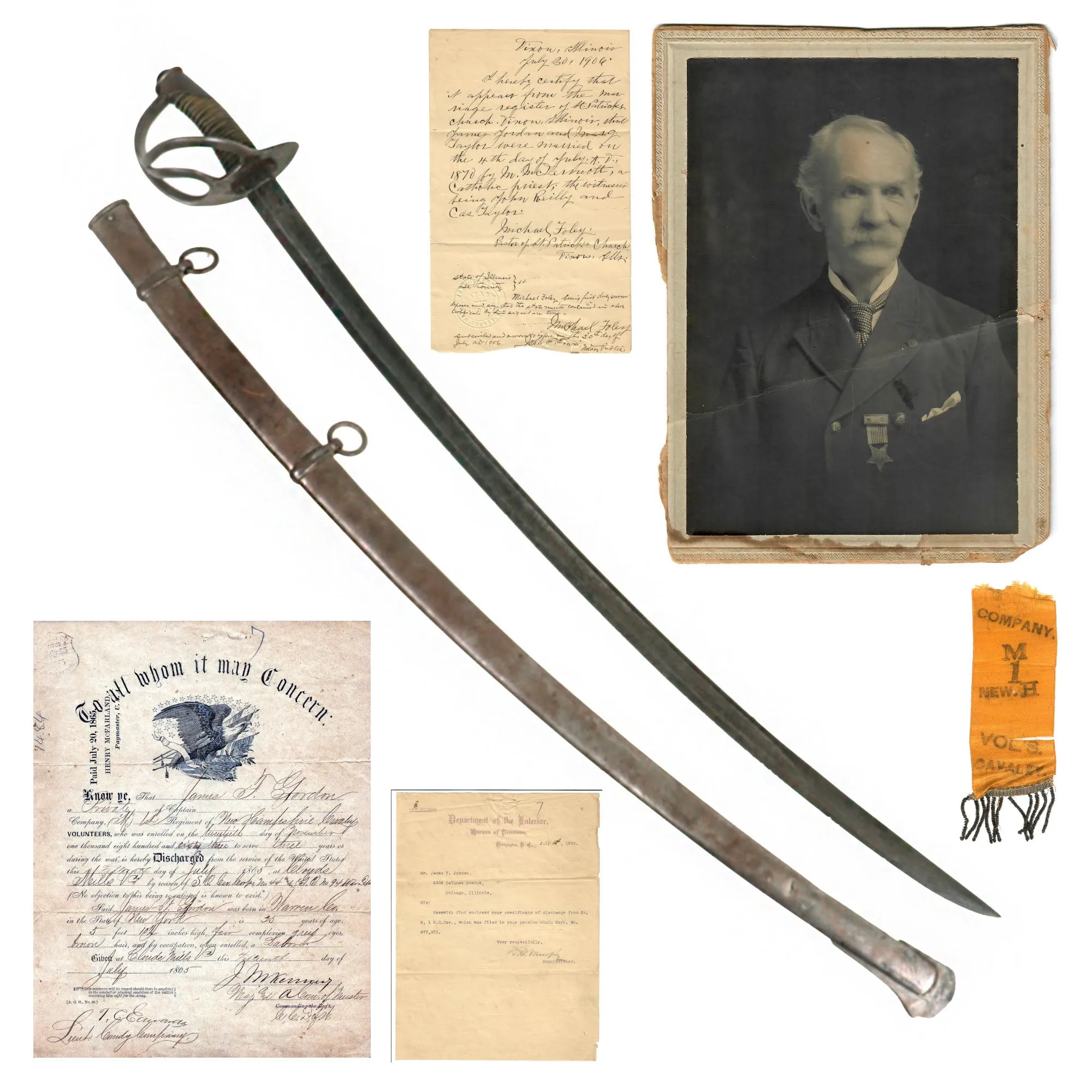
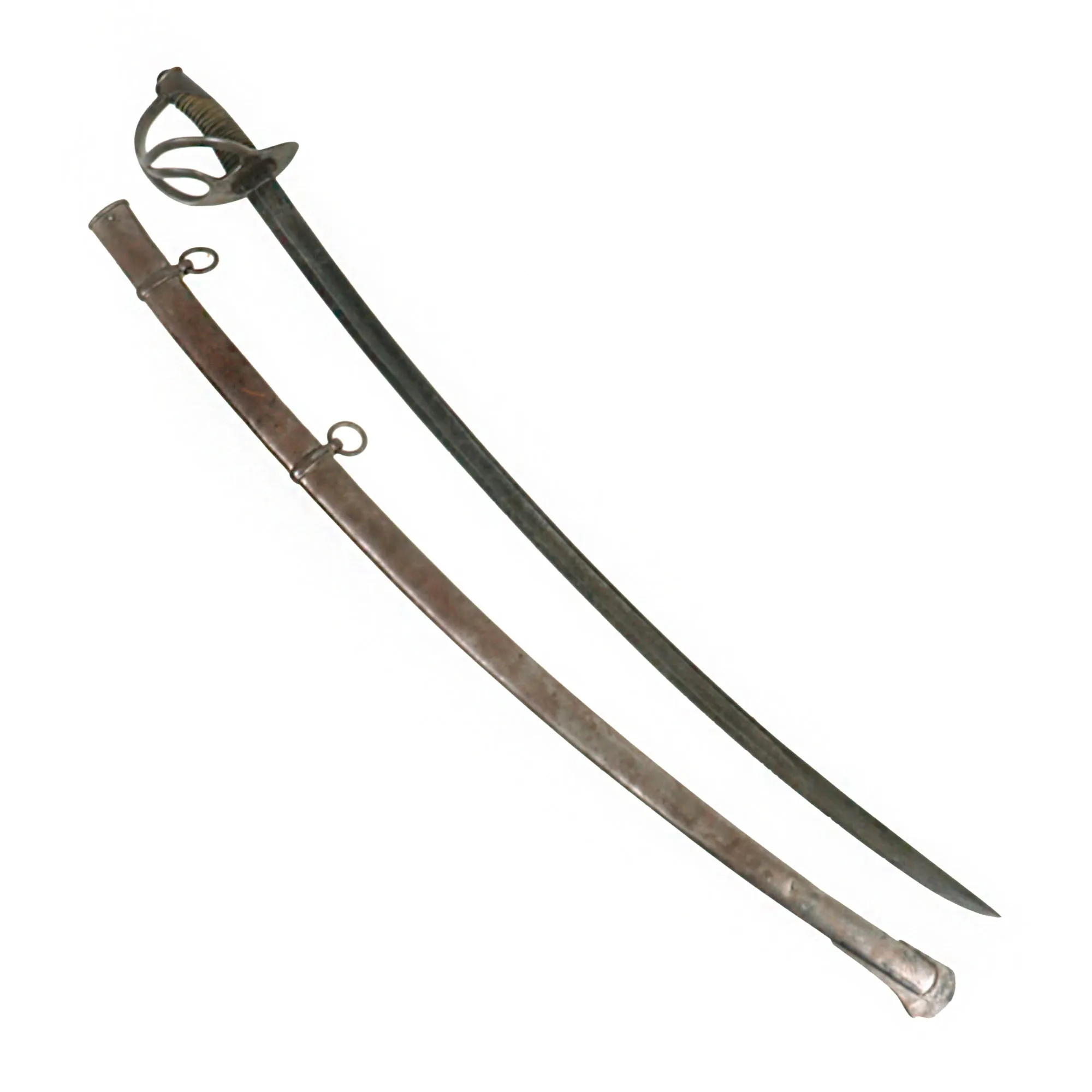
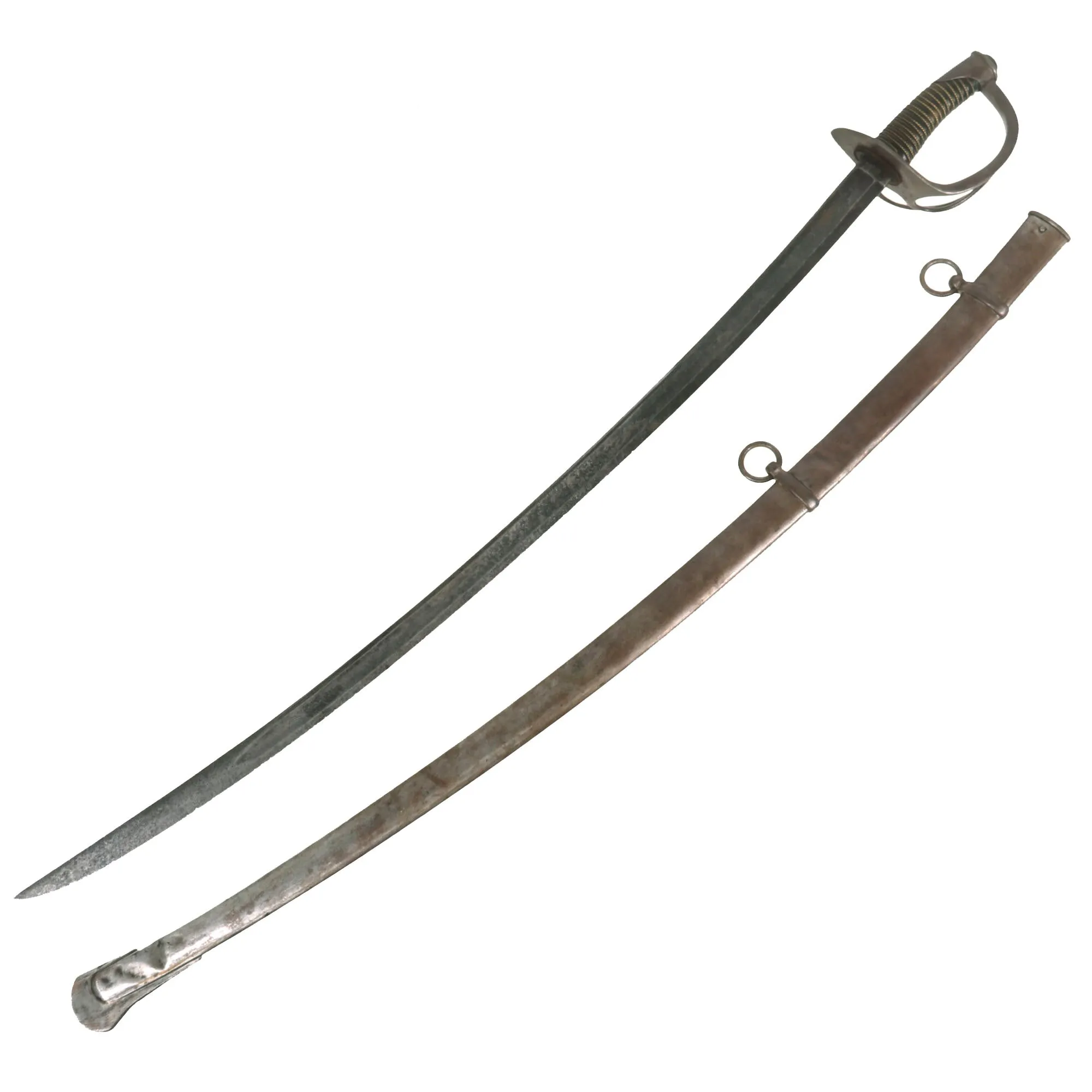
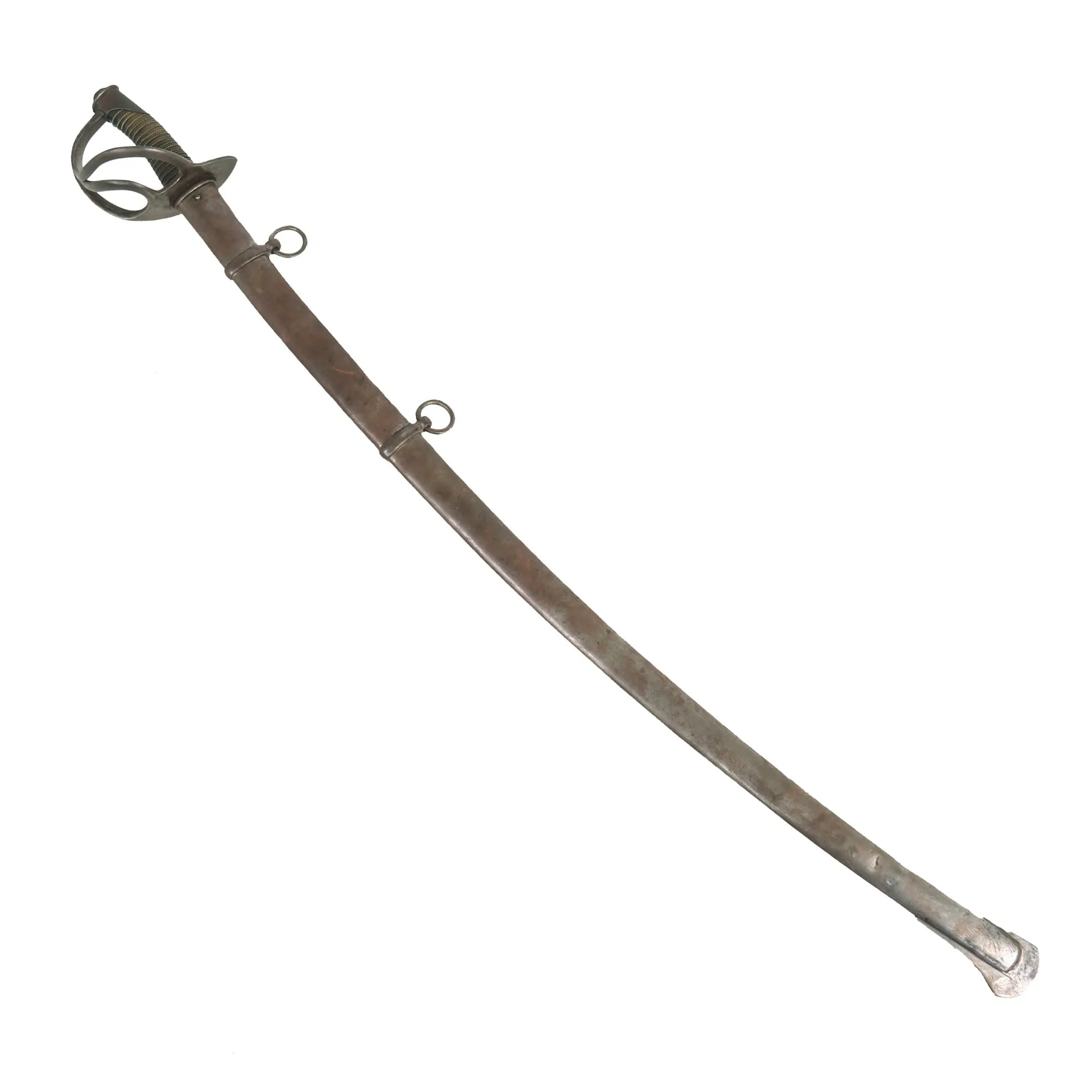
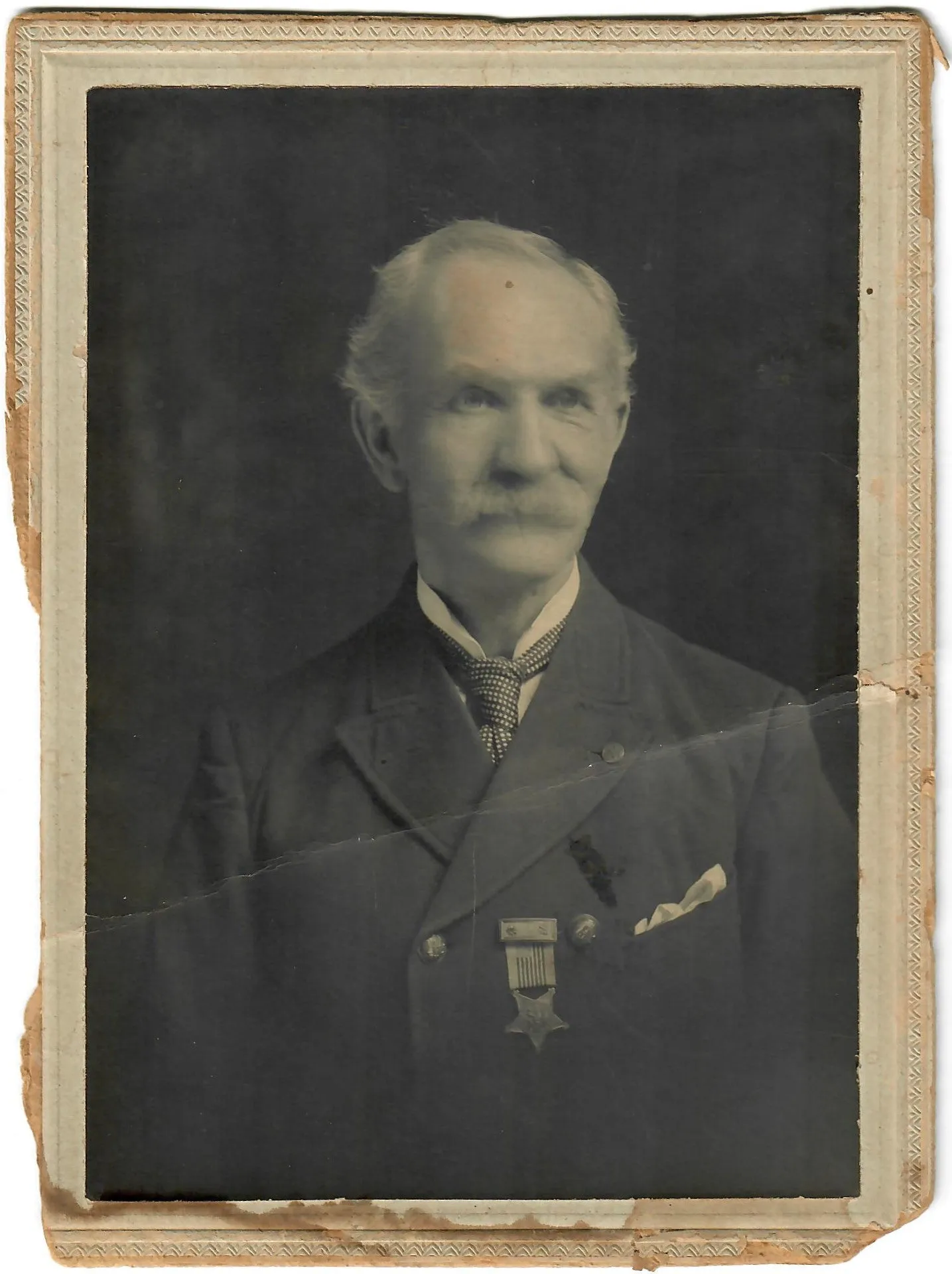
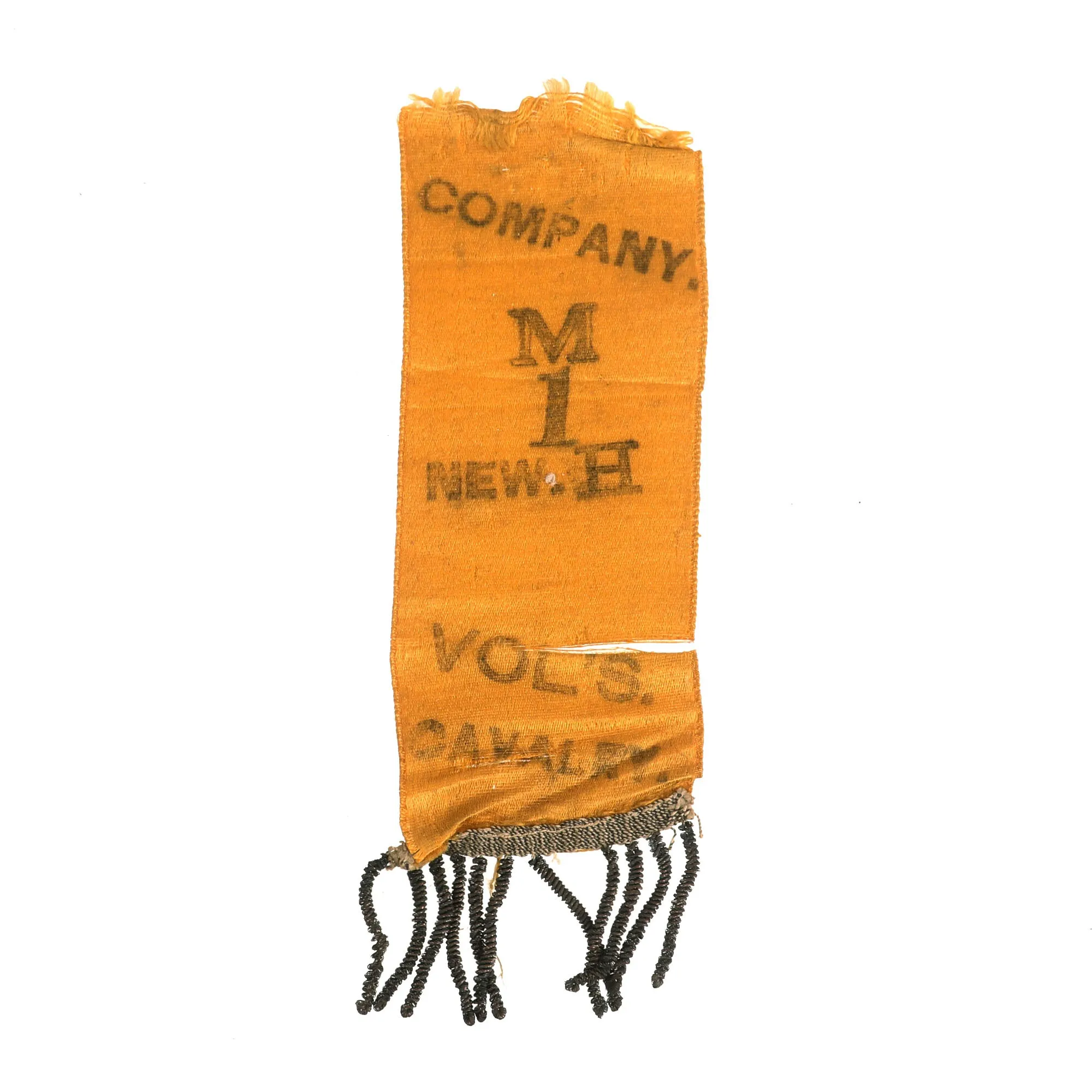
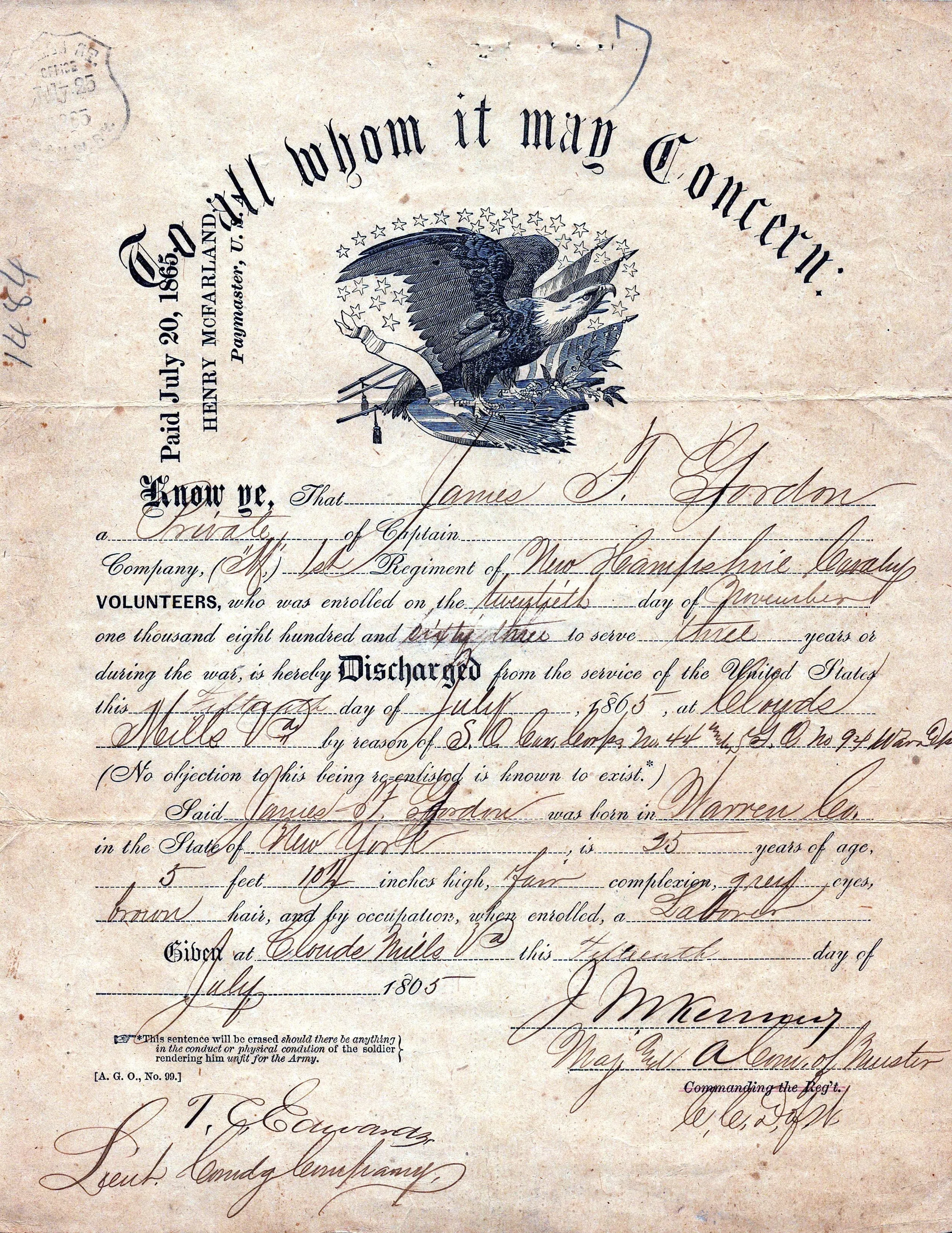
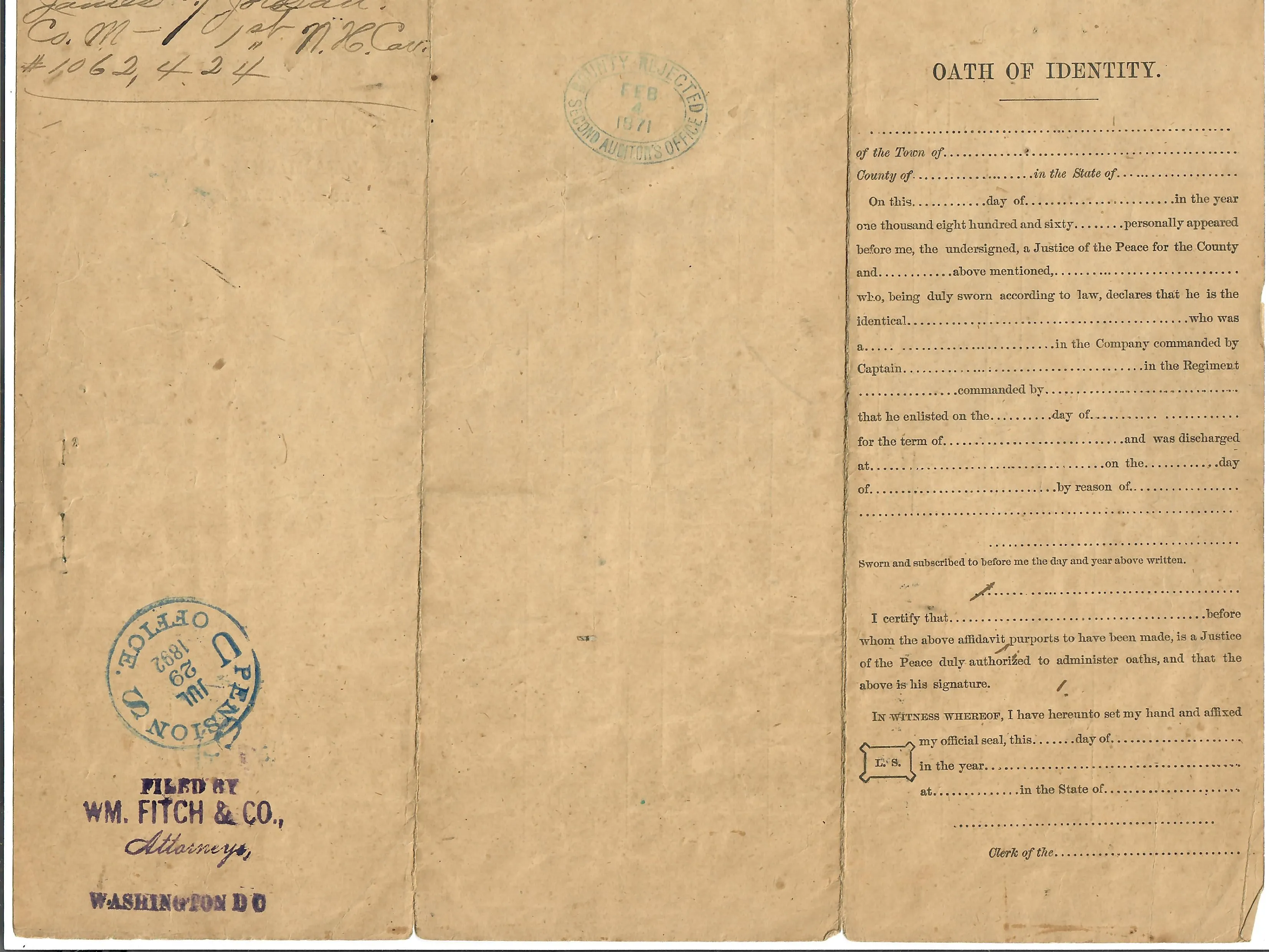
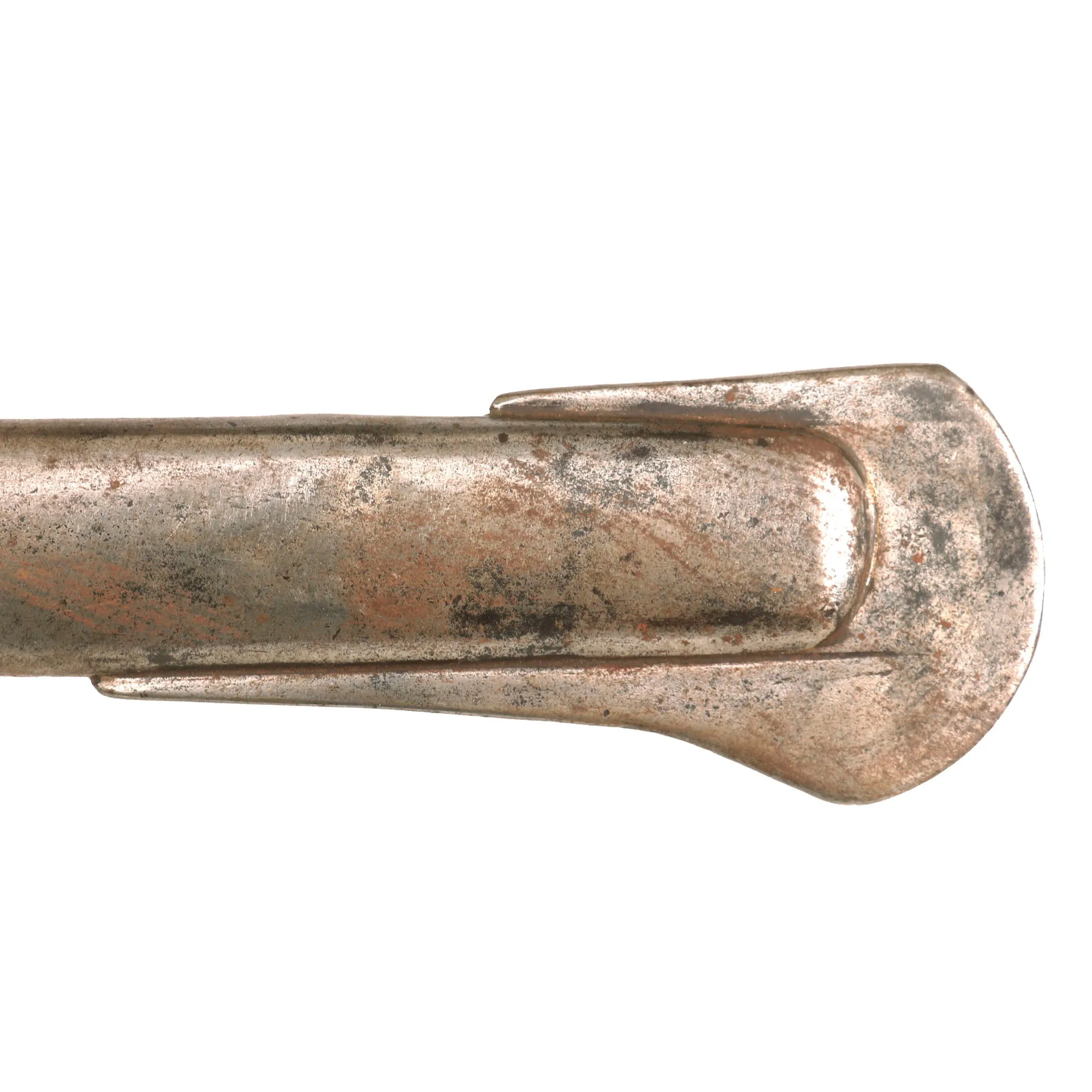
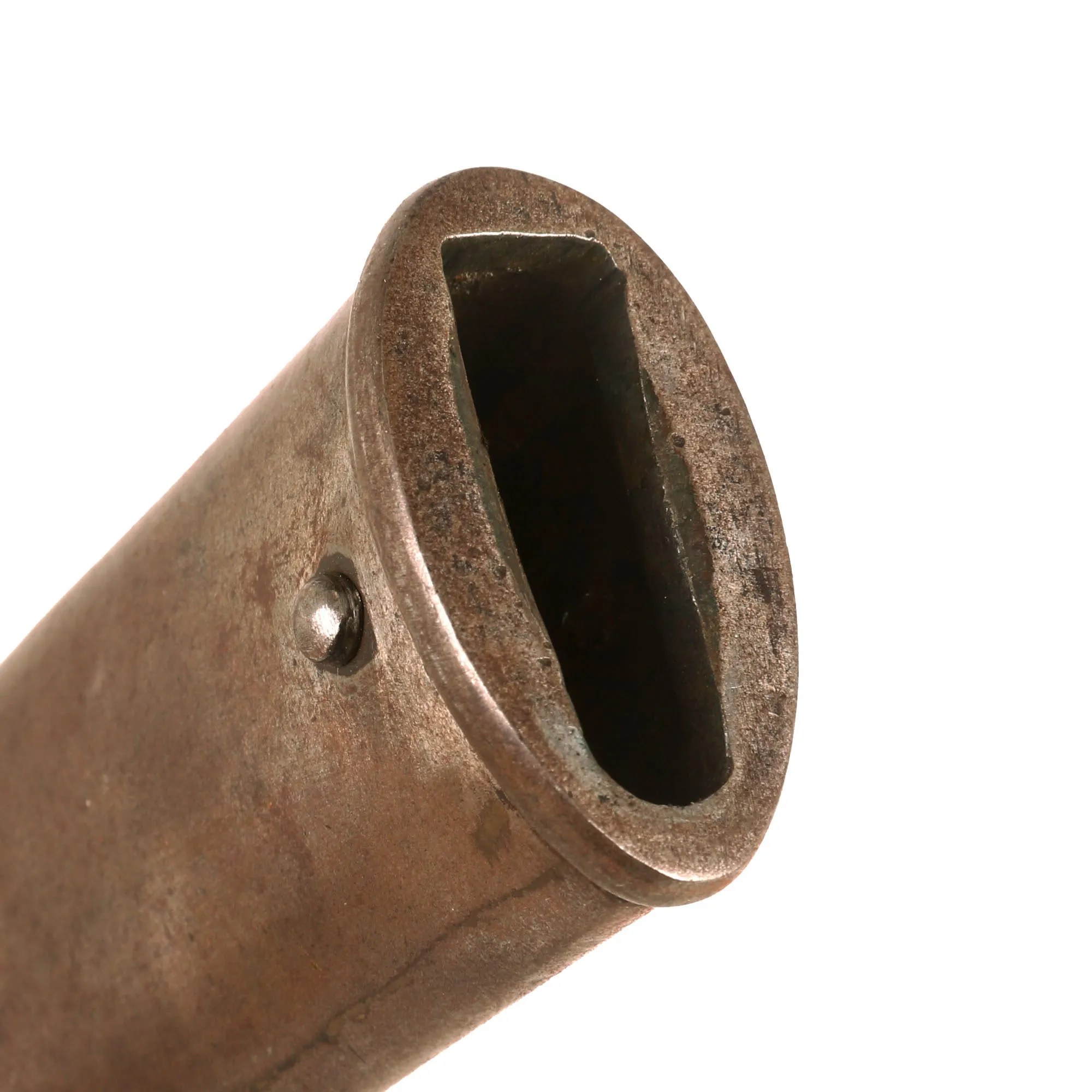
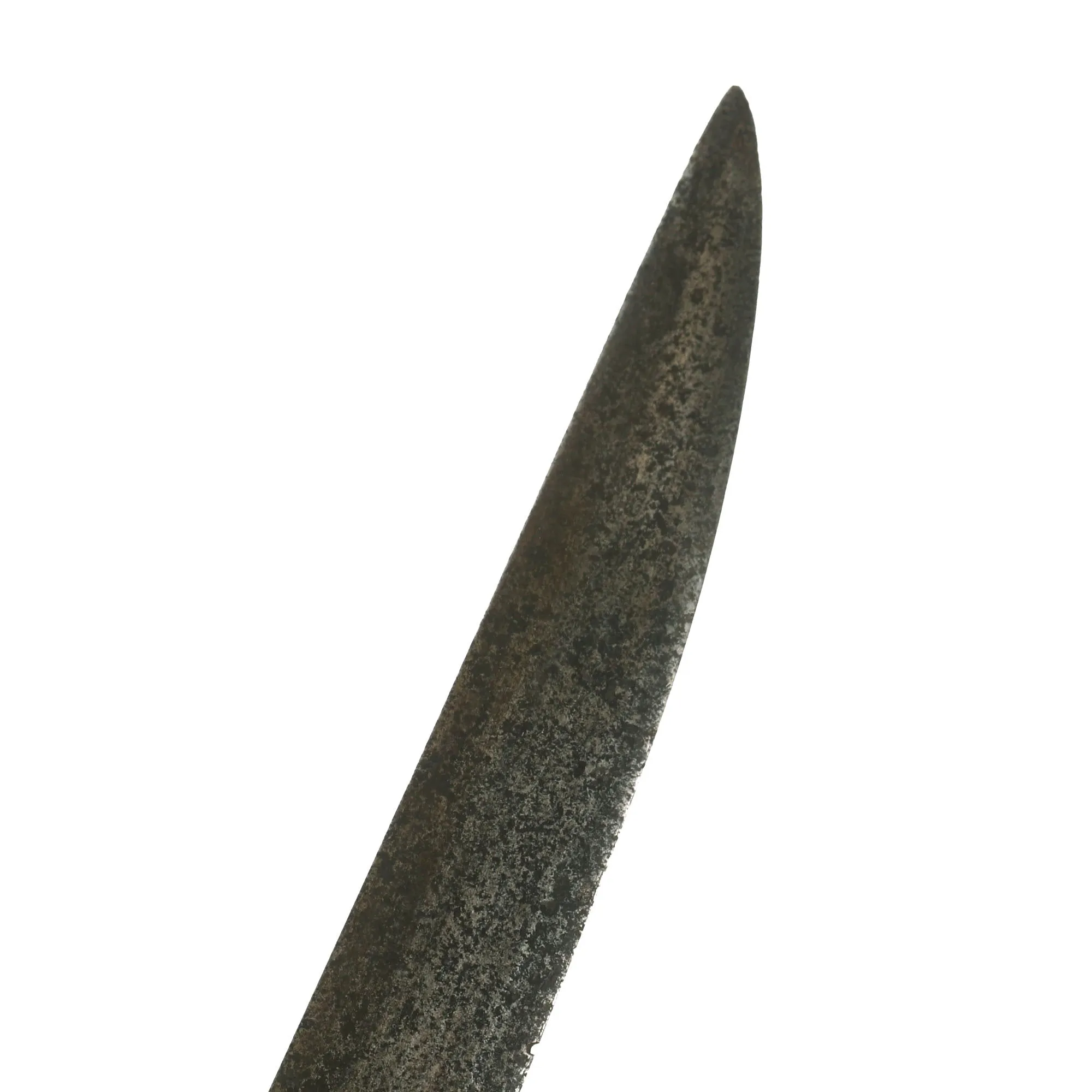
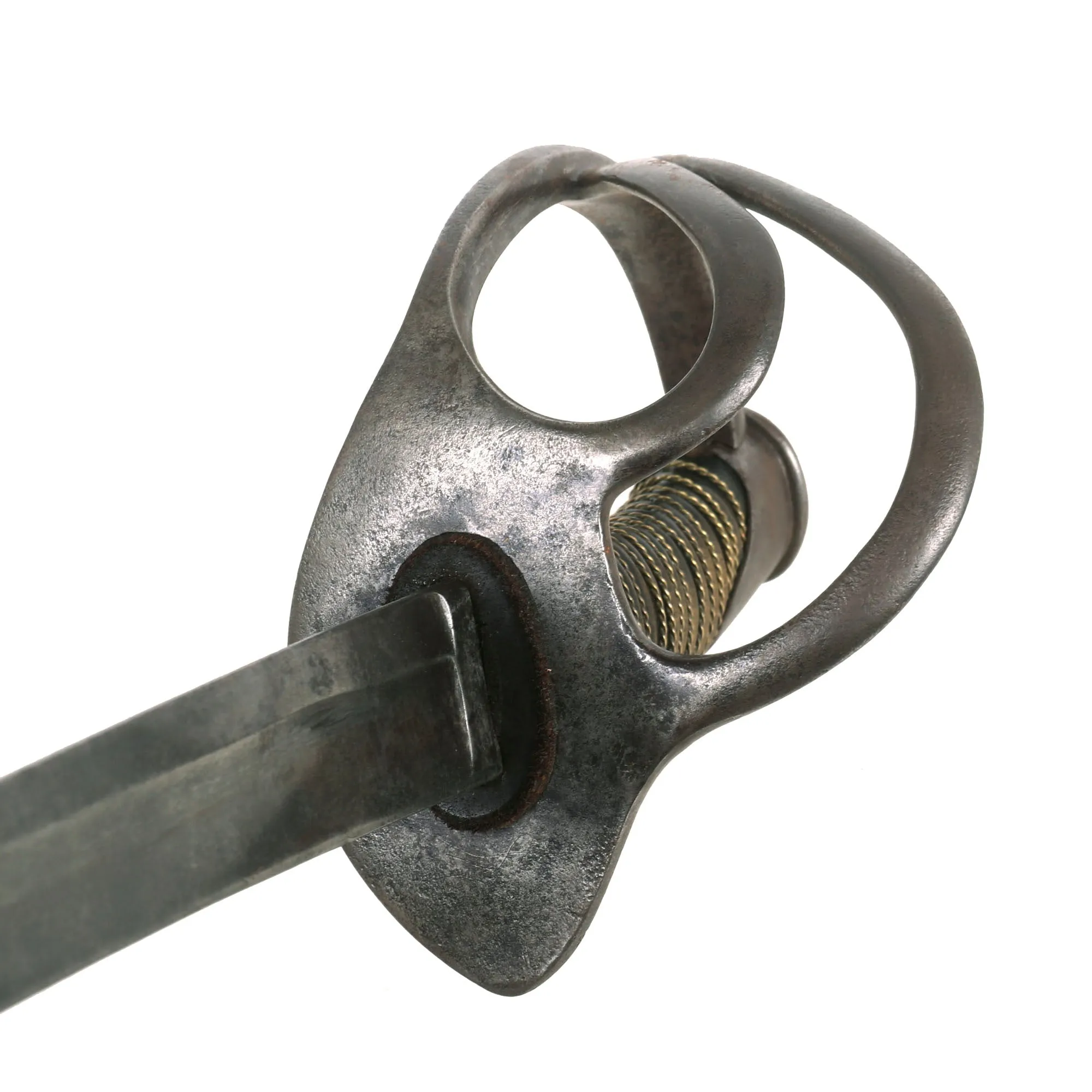
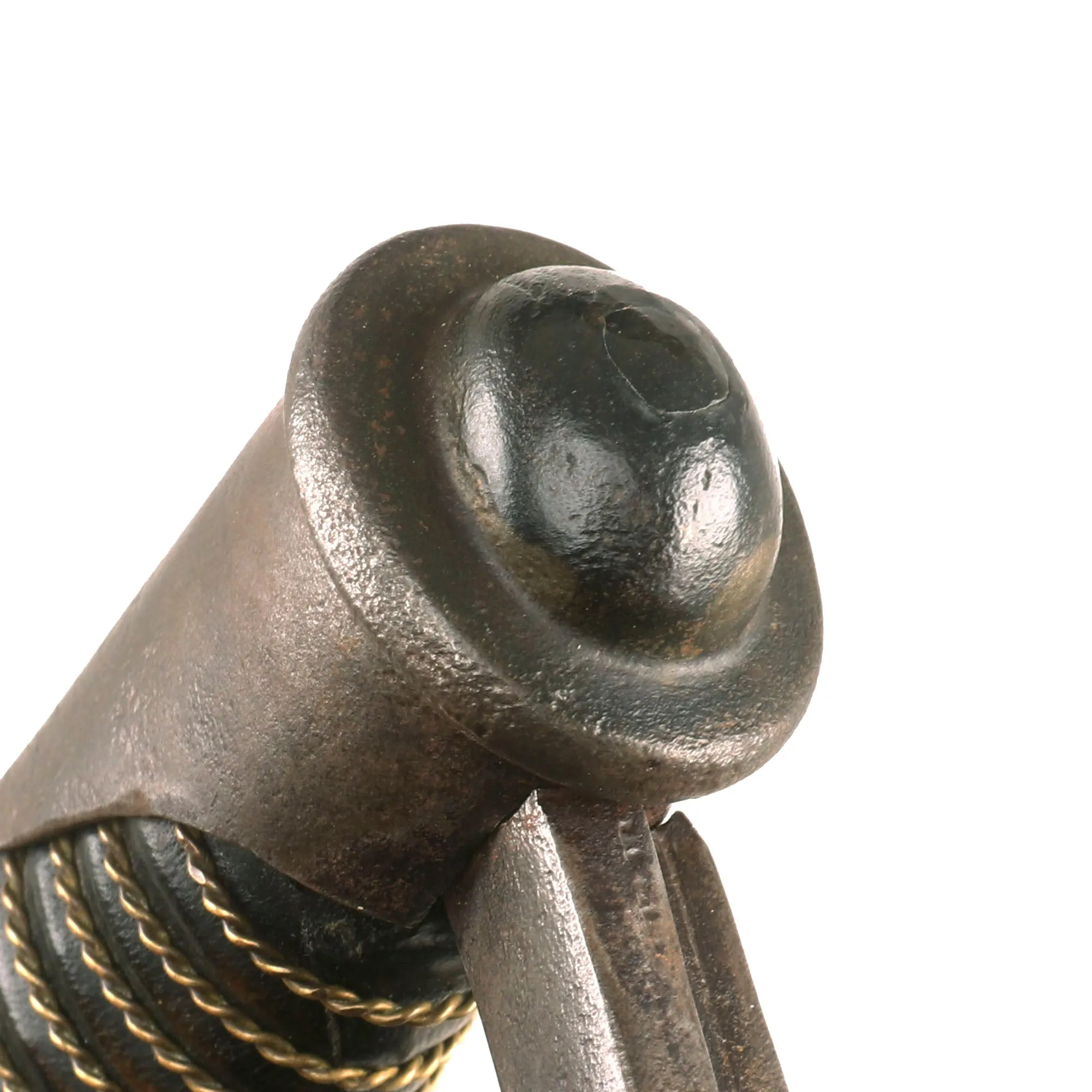
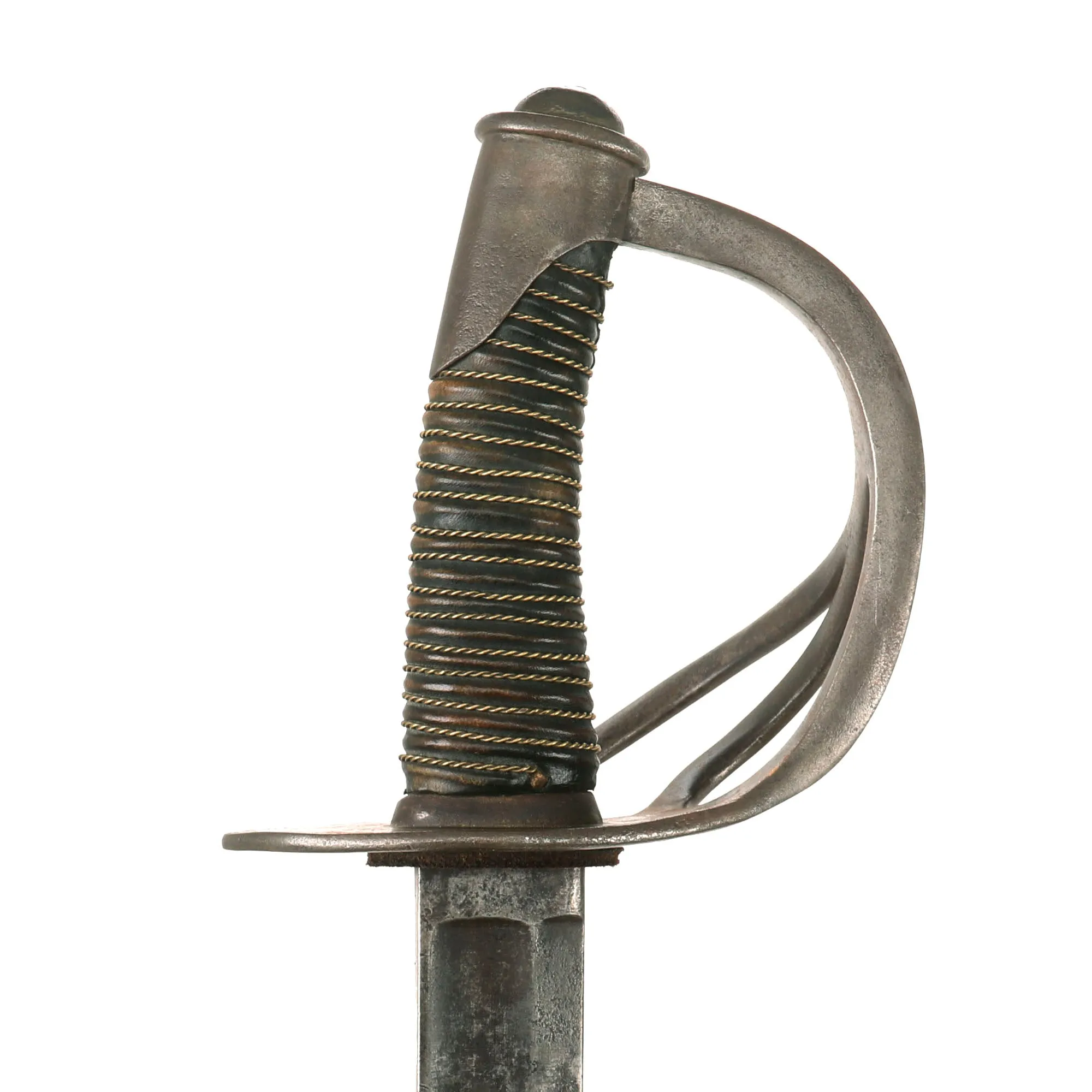
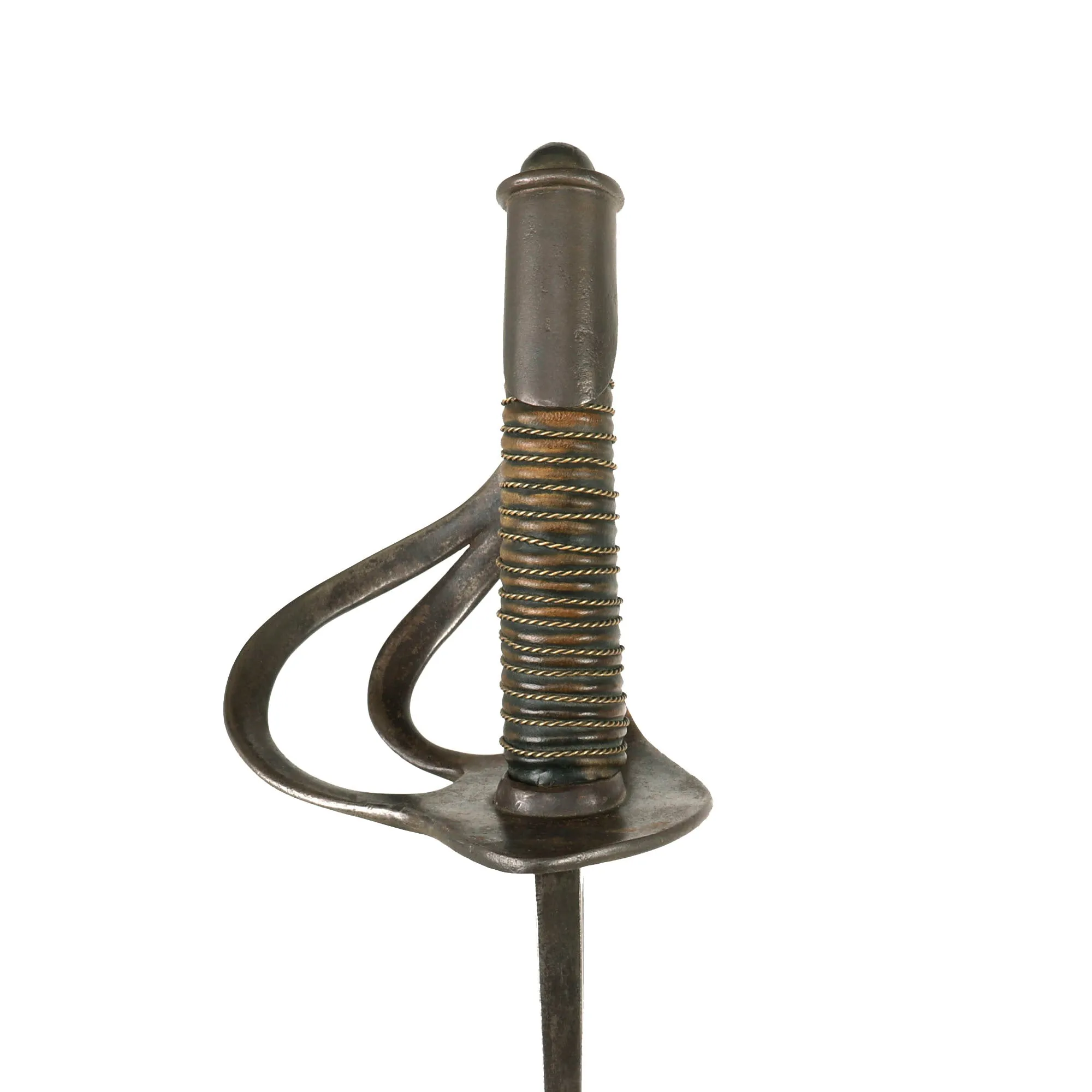
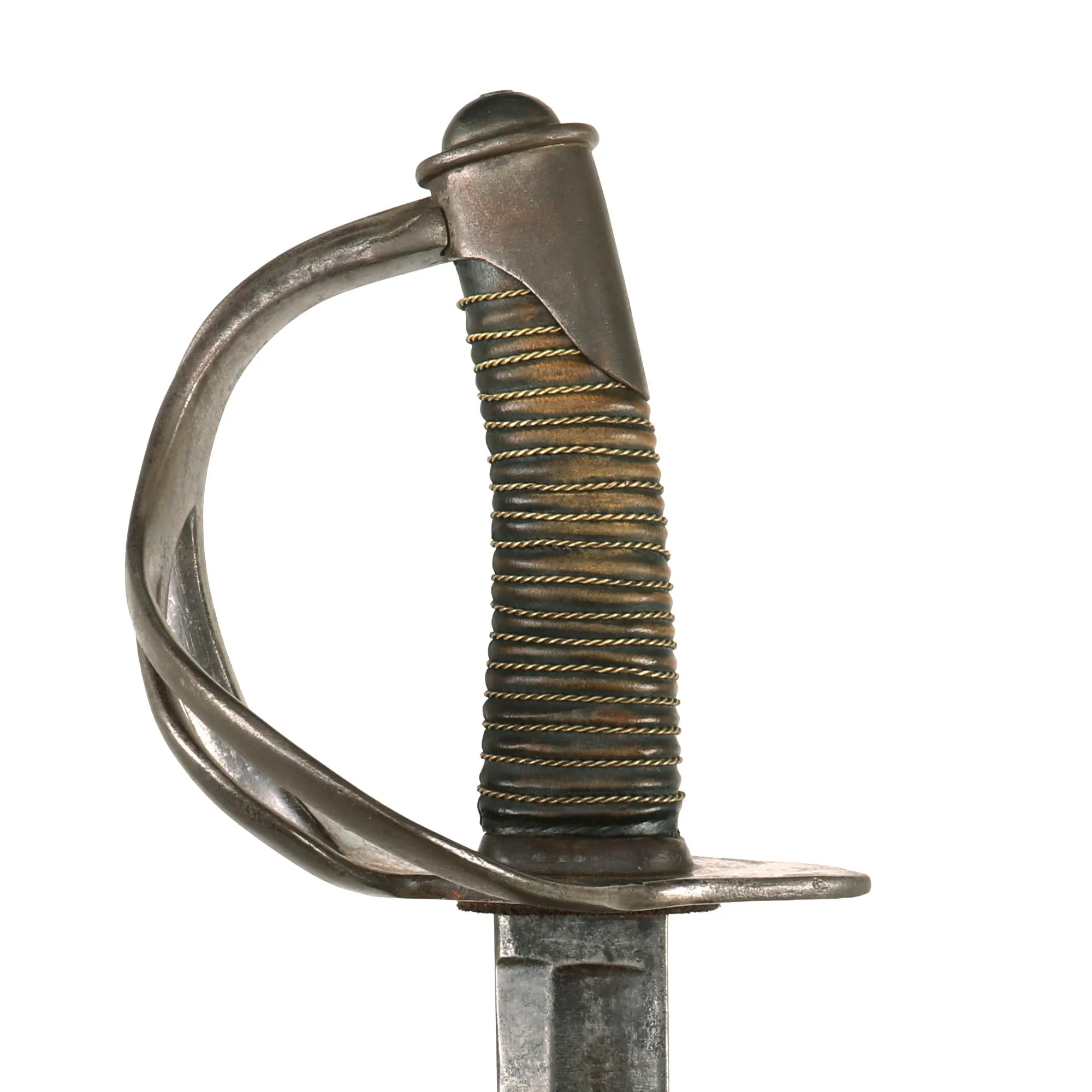
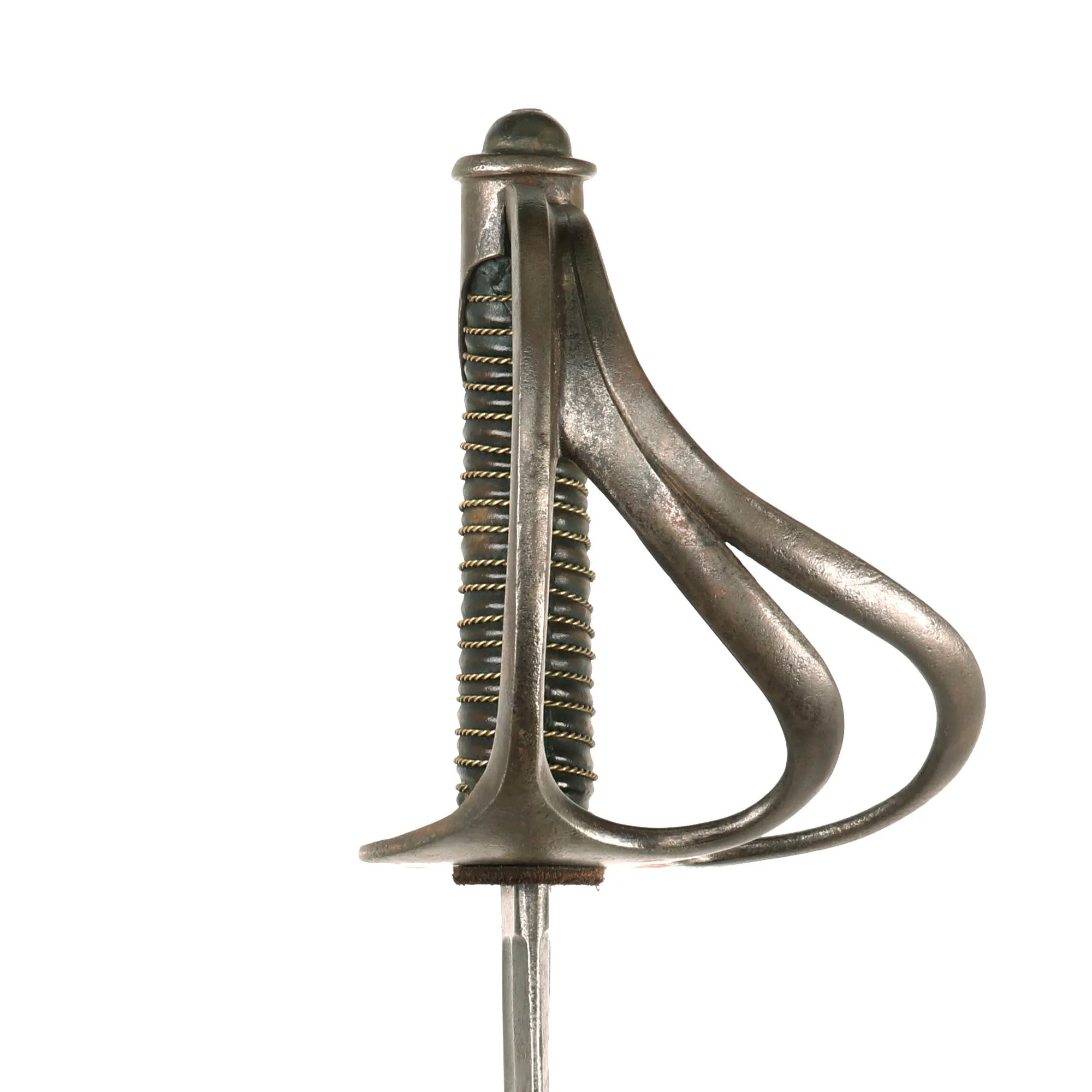
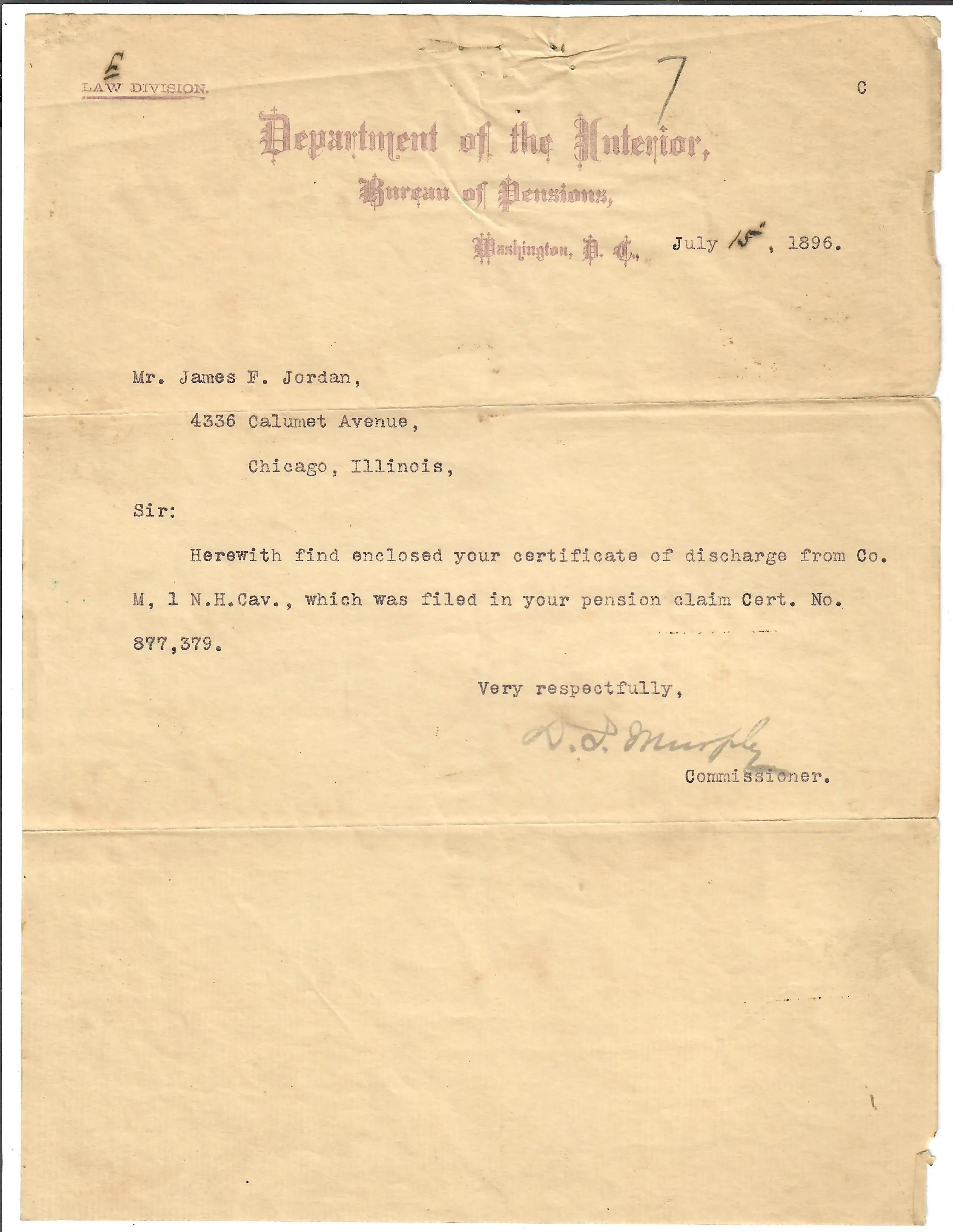
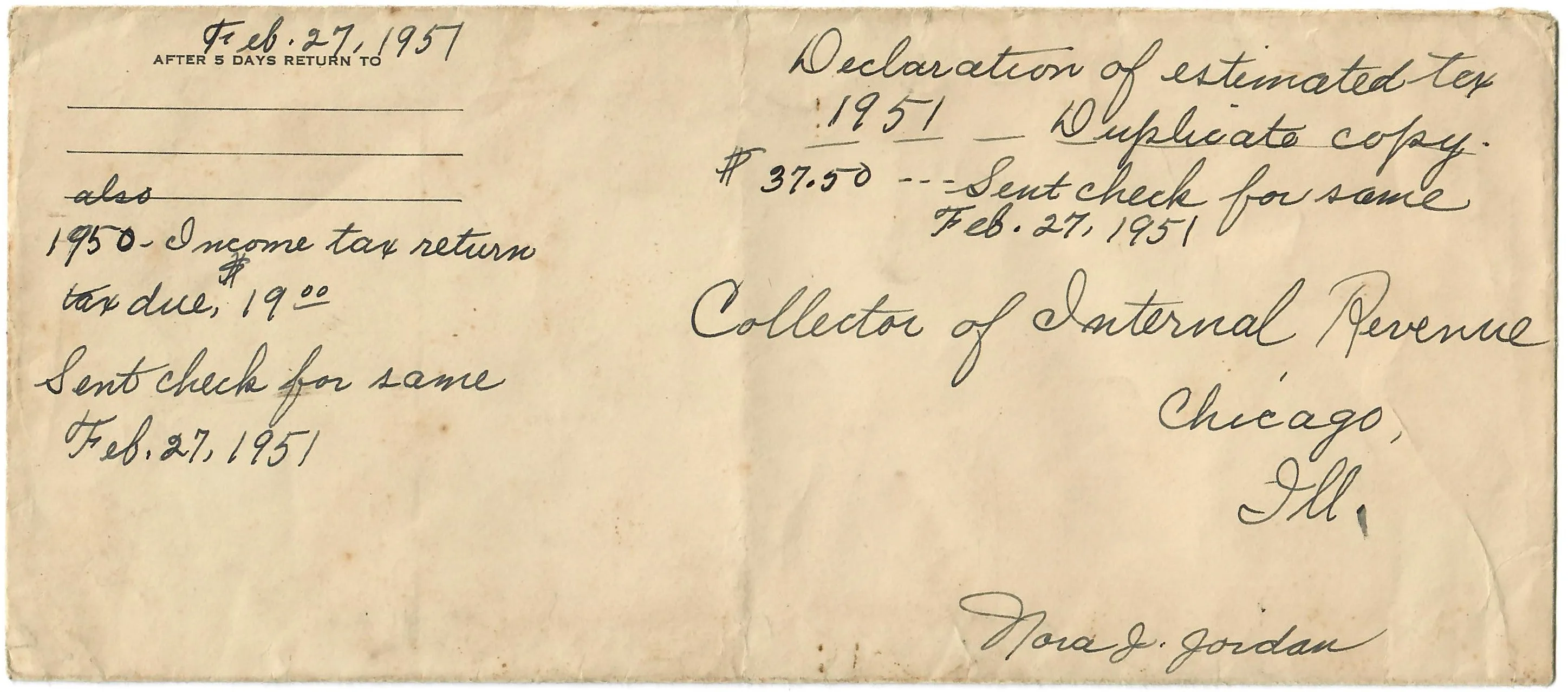
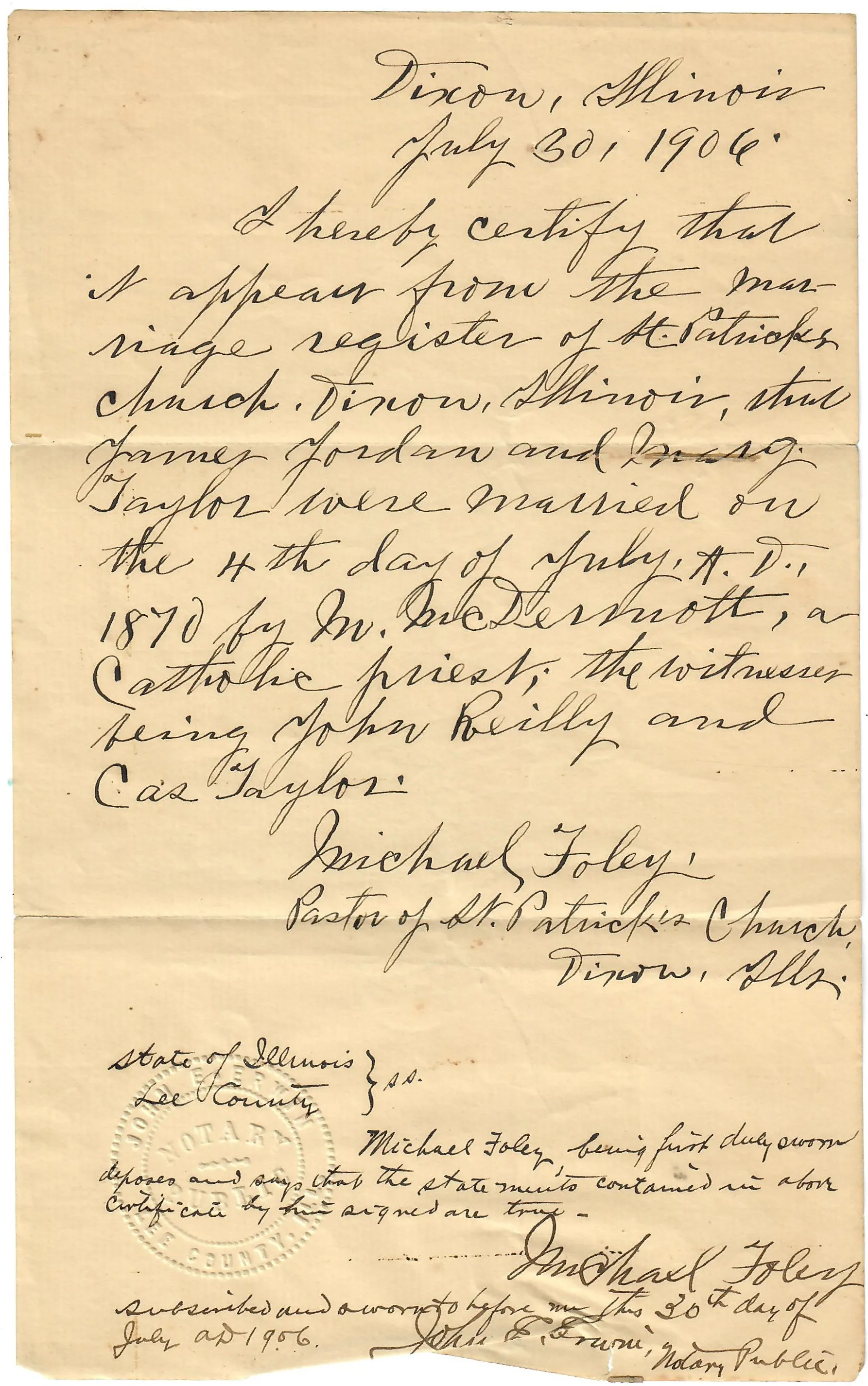


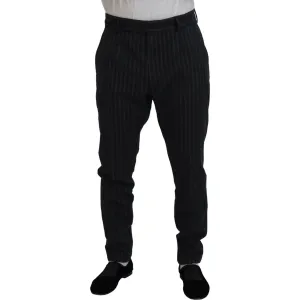


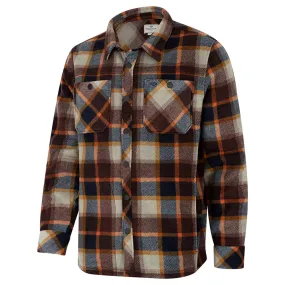

![adidas 70A Track Jacket [DW9380] adidas 70A Track Jacket [DW9380]](https://www.icygarmant.shop/image/adidas-70a-track-jacket-dw9380_GLRyu0_300x.webp)
